When To Replace A Component During Machine Breakdown
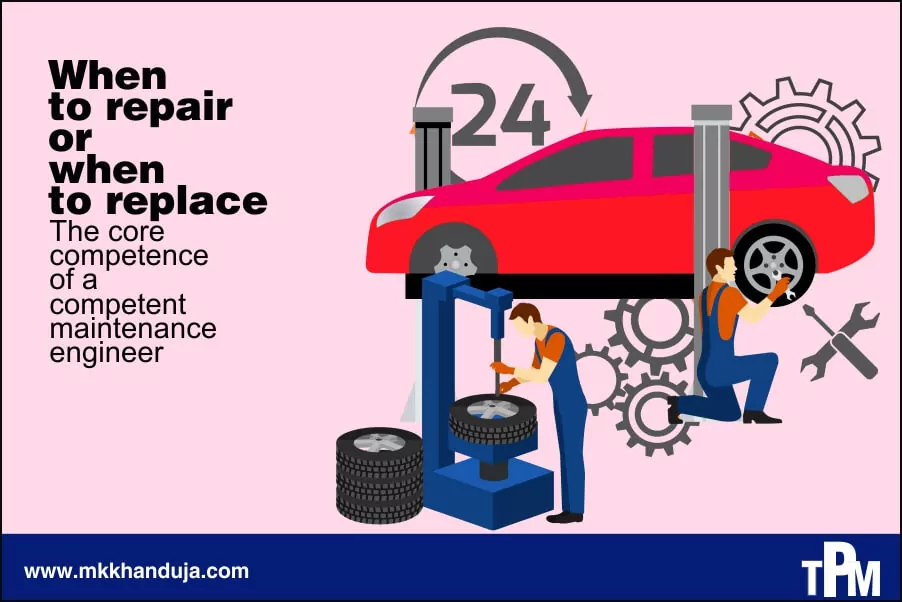
Any machine
is a collection of components assembled together to construct a functional
structure. For each component in a machine, there are specific breakdown
characteristics and a certain trend of failures through their lifetime which
are characterized by a chart. This chart representing the frequency of
breakdowns with relation to various points in a component’s lifecycle is
commonly known as the bath-tub curve because of the characteristic shape of the
plot. The bath-tub curve consists of three distinct phases namely, early
breakdown phase, useful phase and deterioration phase.
Early Breakdown Phase
Newly installed and commissioned equipment or component are believed to
be of the correct specification to resist early breakdown but practically it is
often times not found to be accurate. In fact, according to the general
bath-tub curve it is observed that there is an initial period of high frequency
of breakdowns which is known as the infant mortality of early breakdown period.
There can be various reasons for the occurrence of early breakdowns, most of
which are encountered in equipment that is user-assembled. Mass produced items
are much less prone to breakdowns than the former. The abnormalities that lead
to early breakdowns are mostly a function of inadequacy in following the
correct method of production, not following the design sincerely or other physical
factors that are de facto. Manufacturing companies always aim towards wasting
lesser time and beginning production as quickly as possible, therefore, during
the initial installation and commissioning, the machine is tested for
abnormalities that might lead to early breakdowns. This is followed by the
various processes required to move ahead of the early breakdown period.
Useful Phase
During the useful phase, potential problems that could cause early
breakdowns are already addressed hence, the frequency of breakdown is fairly
low as compared to any other phase of a machine’s lifetime. It is during this
period, that maintenance becomes a rather important function to avoid
breakdowns as the possibility of accidental breakdowns is lower. Hence this initiative
of TPM for Proper maintenance can
keep the machine running with better performance for a longer period of time.
Deterioration Phase
As was mentioned earlier, the lifecycle of a machine or component is
more or less fixed apart from depending on several variable factors such as the
quality of maintenance. As long as the components are not worn out, the
breakdown is attributed to the accident but aging generally results in a higher
frequency of breakdowns due to worn out parts. This is the critical period when
the parts cannot be simply repaired after a breakdown. It is more economical to
replace worn-out parts than to keep using them after conducting minor repairs
because there would inadvertently be another breakdown if the same worn-out
component is used.
The answer to the question, thereby, is given through the concept of
natural and forced deterioration. Natural deterioration is the deterioration of
an item during the course of its lifetime while forced deterioration is
essentially a function of mis-operation or inadequate maintenance. Therefore,
considering the bath-tub curve while relating it to the real-world scenario
provides a clear picture of when to repair and when to replace a component.

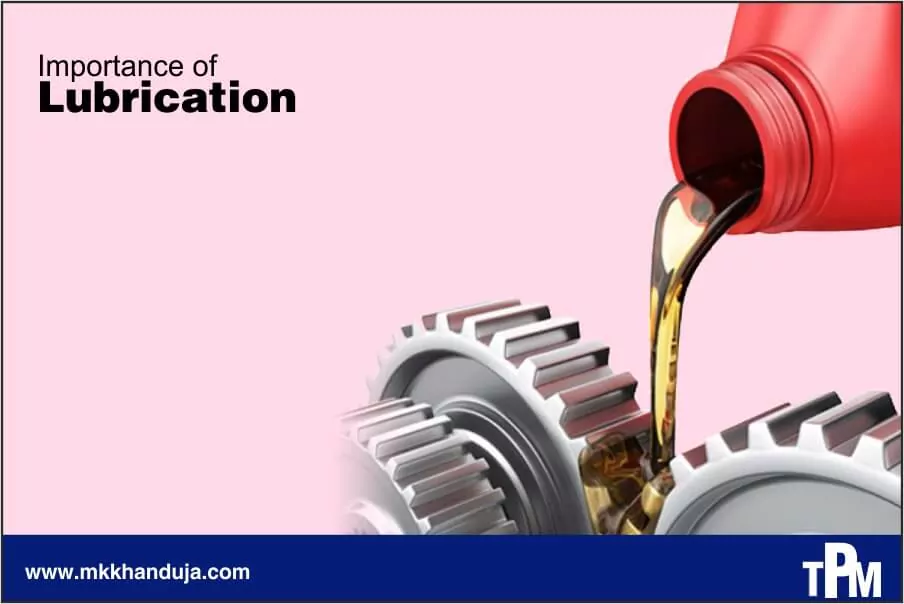
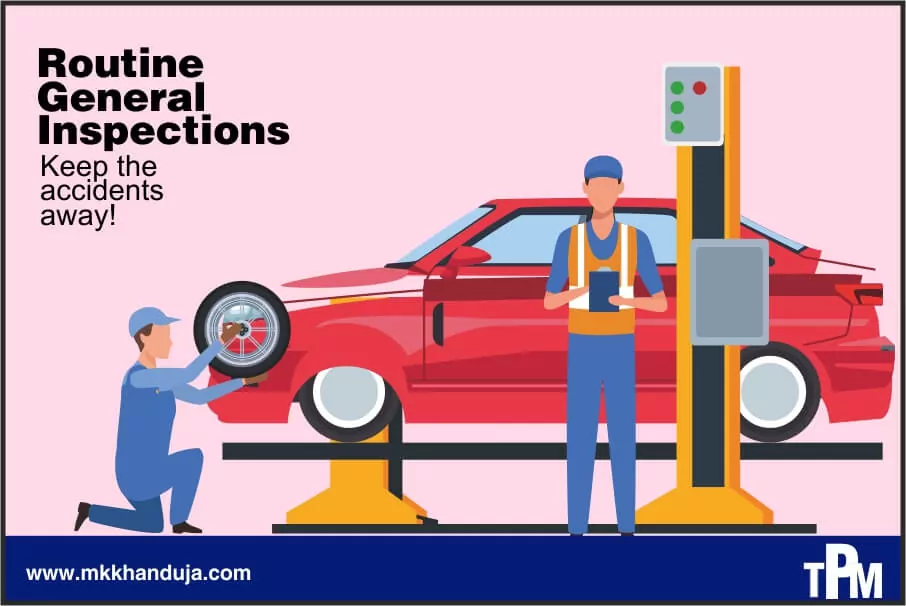
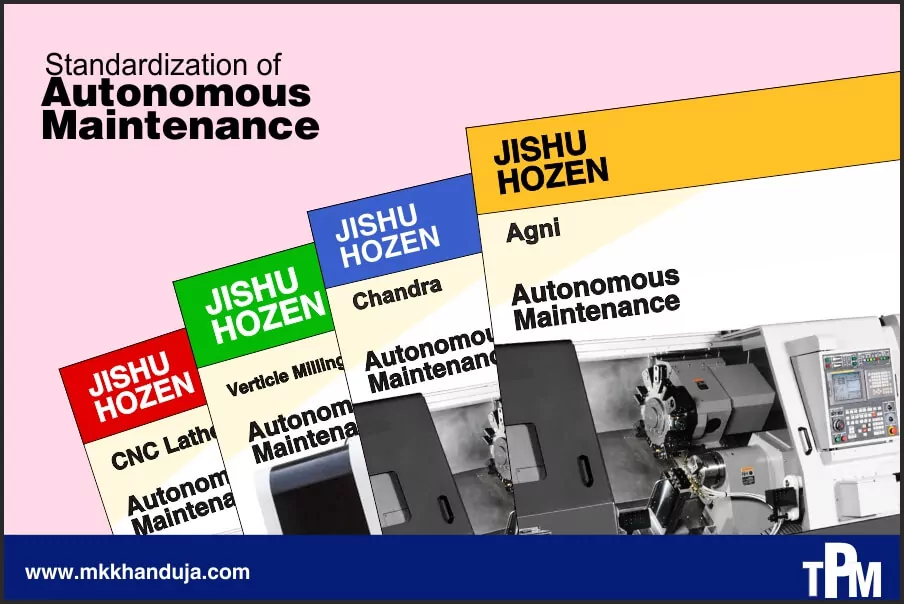
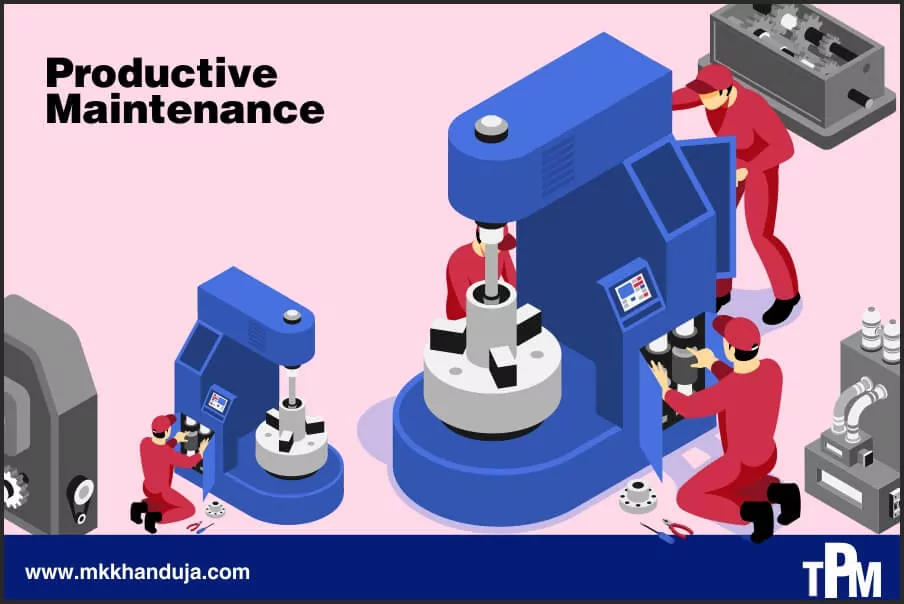
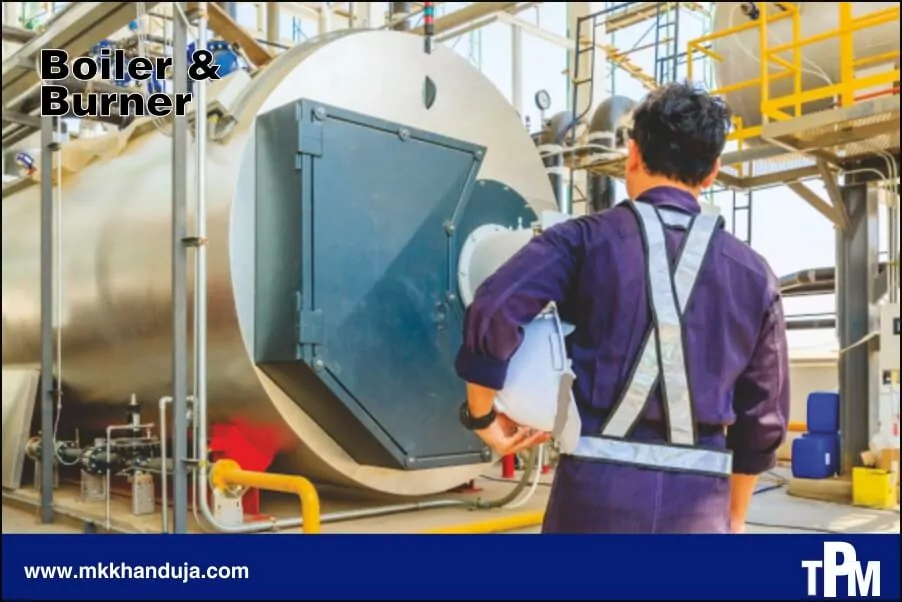

Comments